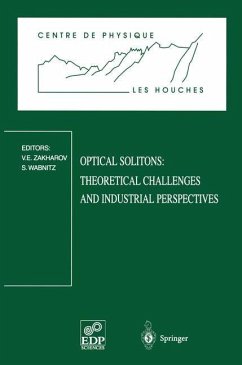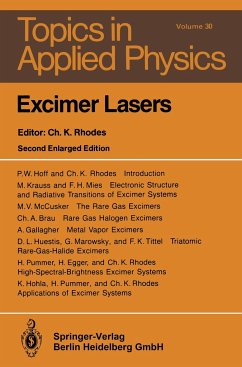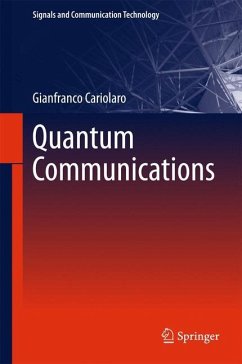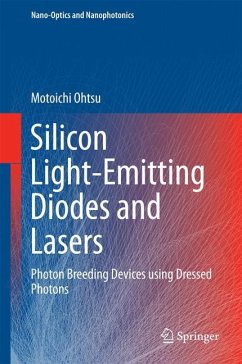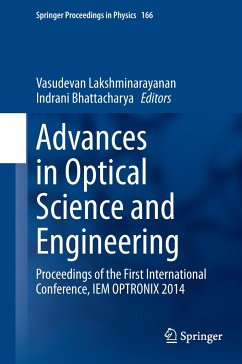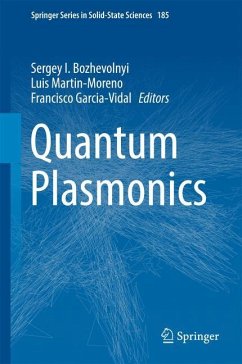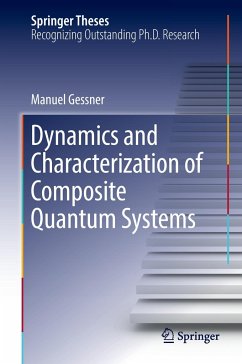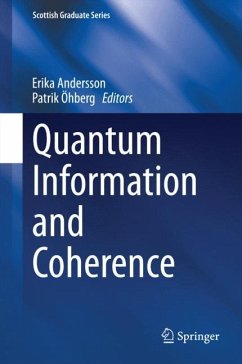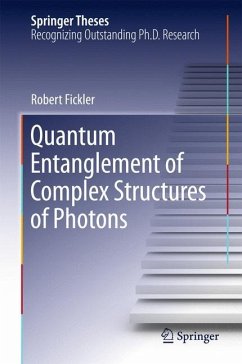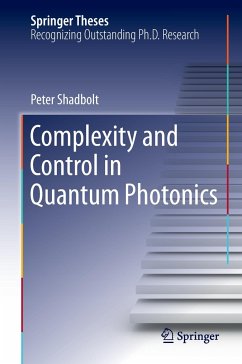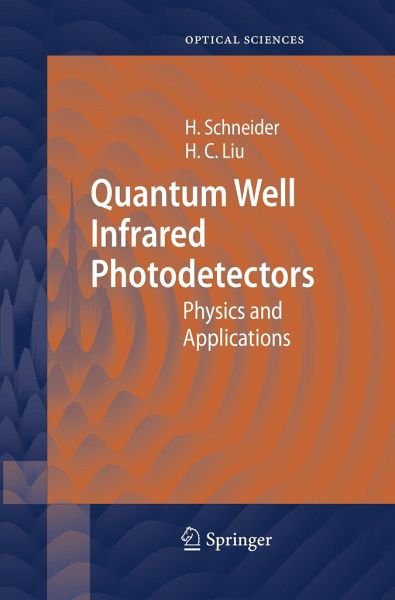
Quantum Well Infrared Photodetectors
Physics and Applications
Versandkostenfrei!
Versandfertig in 6-10 Tagen
113,99 €
inkl. MwSt.
Weitere Ausgaben:

PAYBACK Punkte
57 °P sammeln!
Addressed to both students as a learning text and scientists/engineers as a reference, this book discusses the physics and applications of quantum-well infrared photodetectors (QWIPs). It is assumed that the reader has a basic background in quantum mechanics, solid-state physics, and semiconductor devices. To make this book as widely accessible as possible, the treatment and presentation of the materials is simple and straightforward. The topics for the book were chosen by the following criteria: they must be well-established and understood; and they should have been, or potentially will be, u...
Addressed to both students as a learning text and scientists/engineers as a reference, this book discusses the physics and applications of quantum-well infrared photodetectors (QWIPs). It is assumed that the reader has a basic background in quantum mechanics, solid-state physics, and semiconductor devices. To make this book as widely accessible as possible, the treatment and presentation of the materials is simple and straightforward. The topics for the book were chosen by the following criteria: they must be well-established and understood; and they should have been, or potentially will be, used in practical applications. The monograph discusses most aspects relevant for the field but omits, at the same time, detailed discussions of specialized topics such as the valence-band quantum wells.




